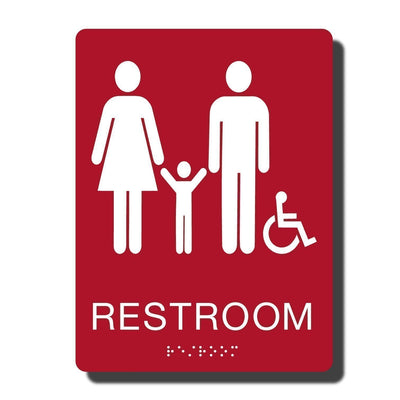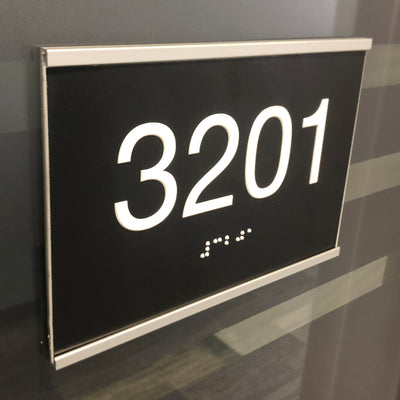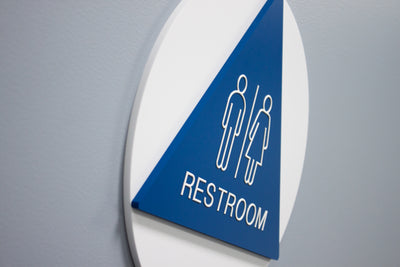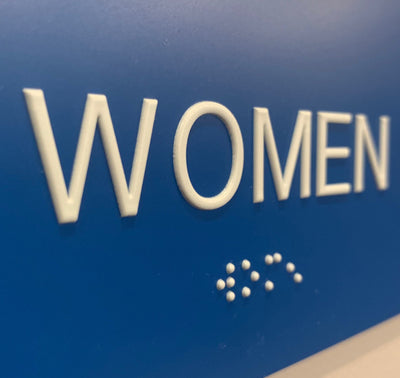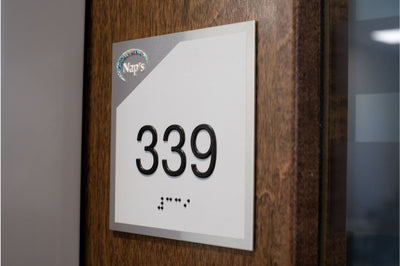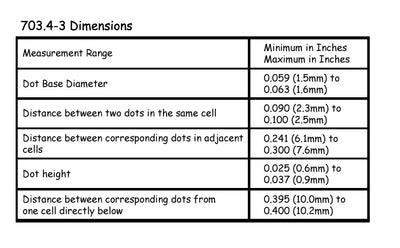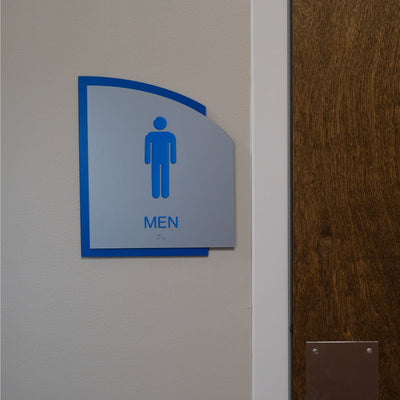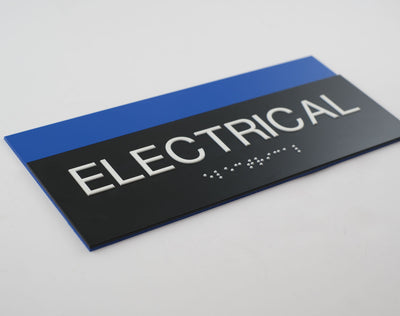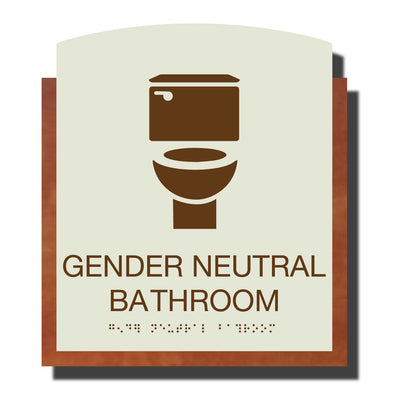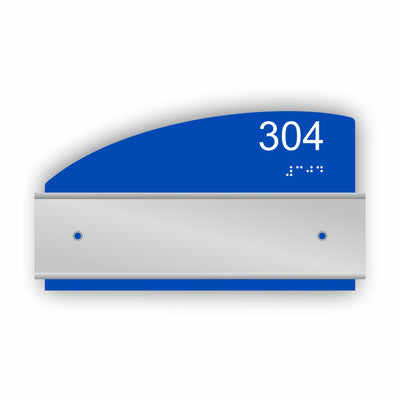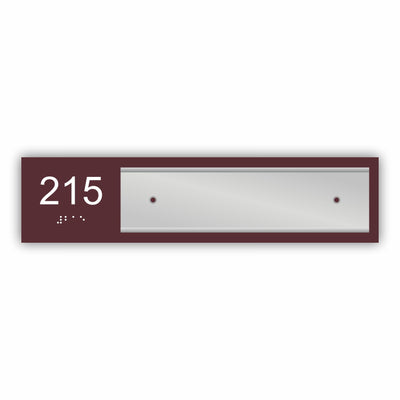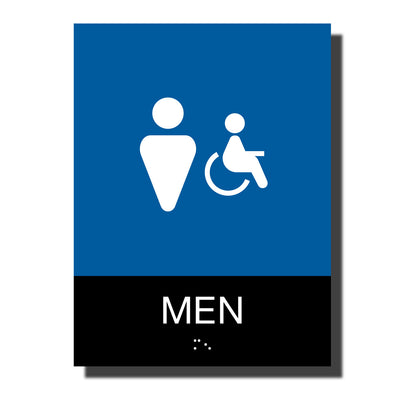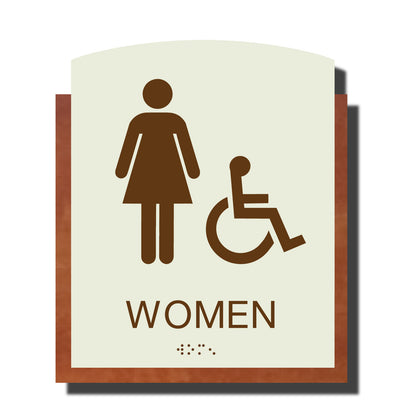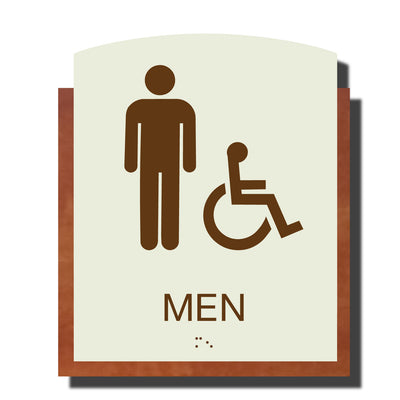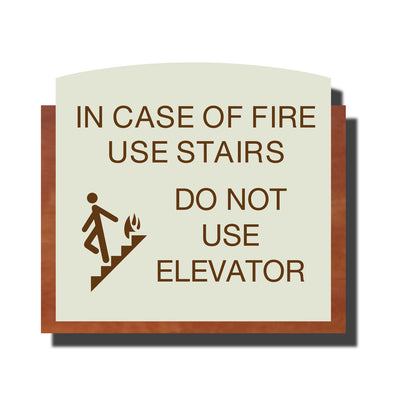What is Braille ?
Posted by Kelly Brewster on
WHAT IS BRAILLE?

Braille is a system of raised dots that can be rad with the fingers by people who are blind or who have low vision.
Braille consists of a series of raised domes the represent the letters on the alphabet and is read from the left to right along each line using both hands.
HOW WAS BRAILLE INVENTED?
The history dates back to the early 1800s. A French soldier, Charles Bardier de La Serre created a system he called "night writing". With this system soldiers could communicate at night without having to use a light. Unfortunately, this military code was to complex, having each letter represented by 12 dots each. Making it impossible to touch and therefore read each with a single finger.
This soldiers code did offer a great foundation for Louis Braille! By modifying the "night writing" code Louis Braille, a french boy who lost his eye sight, invented this universal system of reading and writing - BRAILLE!
THE BENEFITS OF BRAILLE
- As the history of braille shows us that this unique system offers several benefits to those who are visually impaired.
- It allows users to learn spelling, punctuation, and text formatting.
- It grants blind students the same opportunities as their peers.
- It ensures the Braille readers can experience enjoyment from books.
- It removes the barriers and makes facilities accessible to all people with disabilities with ADA Braille Signs
BRAILLE IN SIGNAGE
Braille is used on ADA signs to help protect the rights of blind and visually impaired individuals in public places. Along with ensuring compliance with the American's with Disability Act (ADA), adding braille to signage allows blind and impaired persons to navigate public buildings. Thus removing barriers and creating a welcoming environment.
All public facilities must take steps to comply with ADA guidelines. ADA signs fall into two categories: Signs that must have tactile copy and braille and signs that do not need the tactile/braille but must meet design guidelines and visual copy.
ADA SIGN REQUIREMENTS FOR COMPLIANCE
When the ADA was passed in 1990, it introduced strict guidelines. The following guidelines must be followed for signage to be considered compliant.
- Signs that identify a room shall have 1/32" raised tactile lettering and Grade II Braille.
- Signs shall have a non glare finish with contrasting colors.
- Pictograms shall be in there own 6" high field.
- Pictograms shall have a relevant ISA symbol where applicable.
- Text characters shall be San Serif and all Upper Case, nor overly bold, condensed, or italic.
- Text characters must be between 5/8" and 2" with a minimum spacing of 1/8".
- Braille shall be separated by 3/8" minimum from tactile characters and raised borders.
- A 1" high space is needed for one line of Braille.
- Braille shall be together and 3/8" to 1/2" below the last line of text.
- Braille shall be domed shaped, not flat or pointed.
- Braille shall be lower case, except proper names, acronyms, or a single letter.
- Line spacing shall be 35-70% of character height.
- ADA Signs are required for both public access and all employee areas.
Braille is way more than a series of dots and signage. It is critically important to the lives of visually impaired people as the ability to read and write in braille opens the door to literacy, intellectual freedom, equal opportunity, and personal security.


